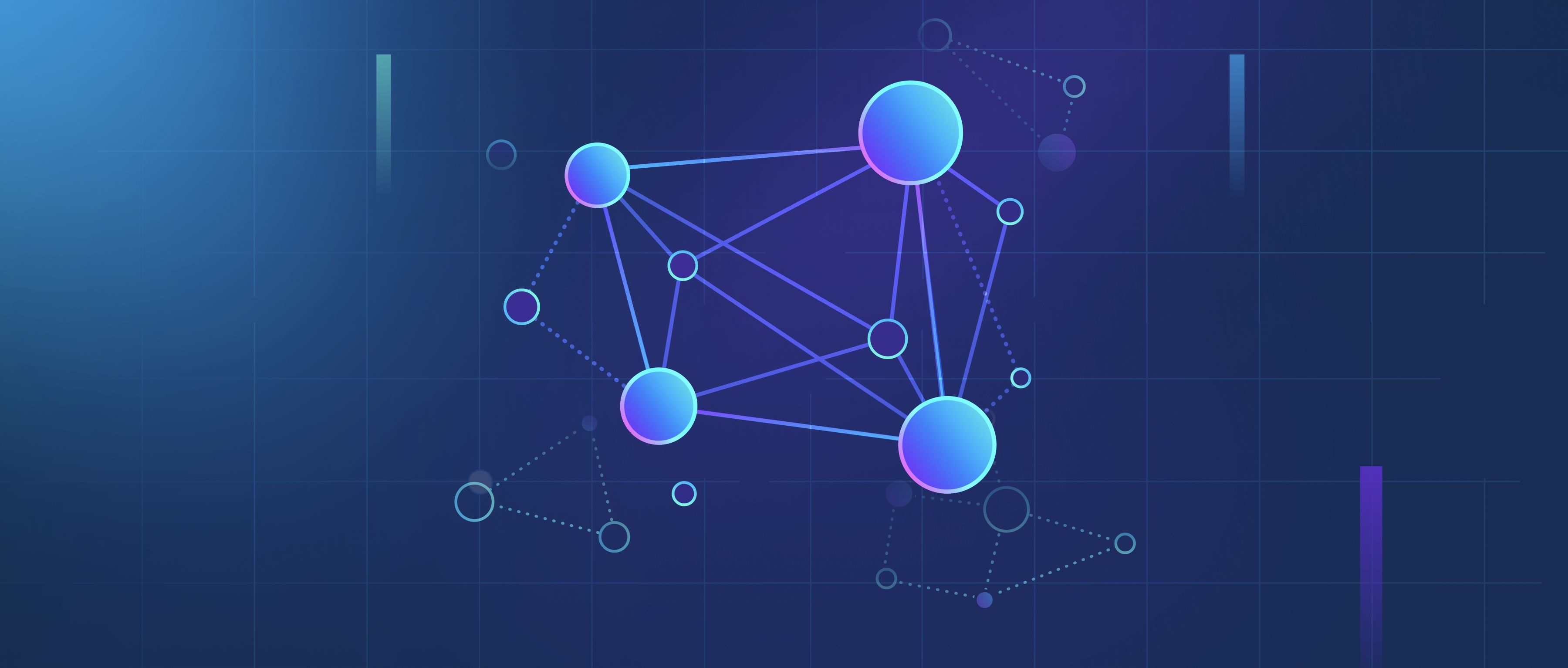Attention mechanisms in reinforcement learning (RL) are techniques that help an agent focus on the most relevant parts of its input data while making decisions. They originated in the field of natural language processing but have proven useful in various domains, including RL, where an agent must navigate complex environments and make decisions based on large amounts of sensory information. Essentially, attention mechanisms allow the model to weigh different inputs based on their importance to the task at hand, improving understanding and decision-making.
One practical example of attention in RL can be found in environments where the agent must process visual data, like playing a video game. Instead of analyzing the entire screen when deciding what action to take, an attention mechanism allows the agent to prioritize certain areas of the screen that are more relevant to its task. For instance, if a game involves navigating through obstacles, the attention mechanism can help the agent focus on the obstacles rather than the entire background. This selective focus can lead to more efficient learning and better performance, as the agent can ignore irrelevant details that might confuse its understanding.
Incorporating attention mechanisms into RL models often involves modifying the neural network architecture. Instead of a traditional feedforward approach, these models can use mechanisms like self-attention or multi-head attention, which allow them to create weighted representations of the input. By combining information from different inputs based on their relevance, the agent can make more informed decisions during training and real-time task execution. This can lead to improved learning efficiency and performance across a range of tasks, demonstrating the value of attention mechanisms in reinforcement learning scenarios.
